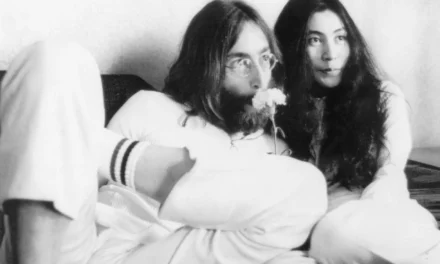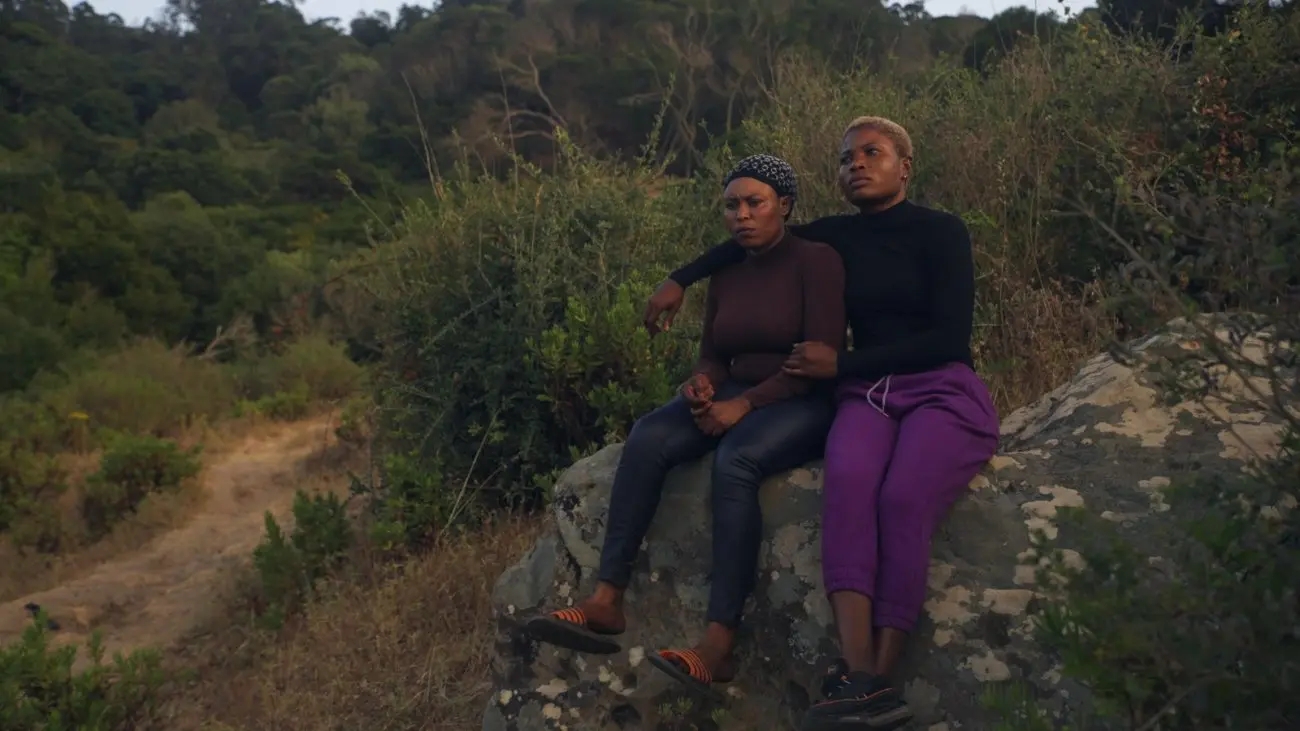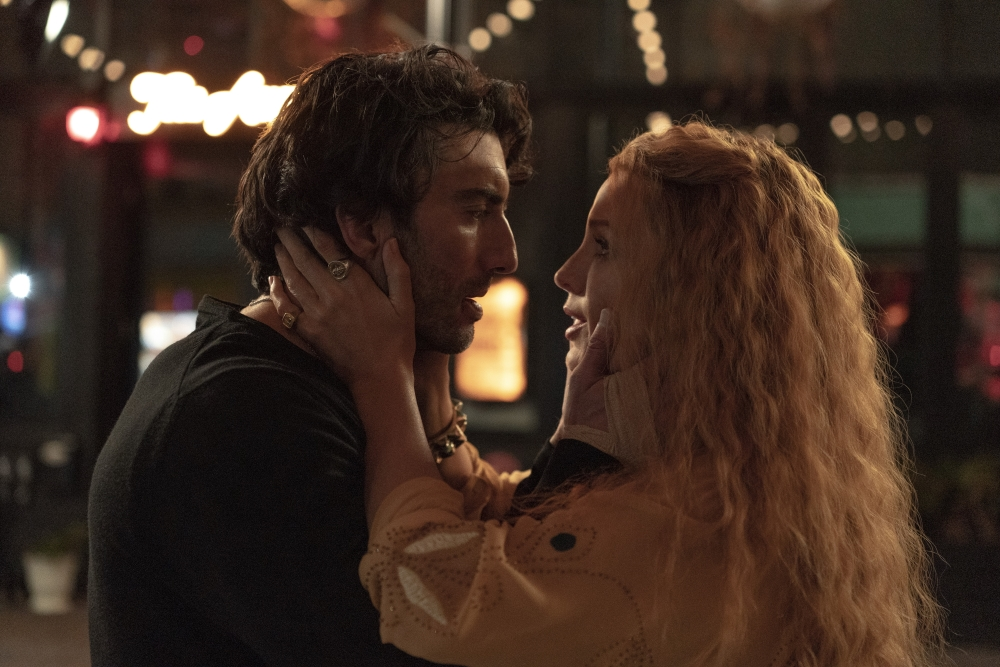Welcome to Slamdance. While most of the world is familiar with the Sundance Film Festival, they may not have heard of Slamdance, a renegade festival also held in Park City, Utah, the same week. Slamdance?s mantra is ?By Filmmakers, For Filmmakers?. The Slamdance Festival seeks to highlight ?raw and innovative filmmaking.? Among filmmakers who showed films at Slamdance early in their careers are Bong Joon Ho (director of Oscar-nominated Parasite), Rian Johnson (director of Knives Out and Star Wars: The Last Jedi), Jon M. Chu (director of Crazy Rich Asians), and Christopher Nolan (director of Dunkirk). Will this year?s filmmakers be those we are watching in years to come?
Murmur, from writer/director Heather Young, is a story of emptiness. Donna, an middle-aged woman, is alone. She is doing community service after a DUI at an animal shelter. Her life is drinking, vaping, and trying to connect with her estranged daughter who ignores her pleas. One day at the shelter, she connects with Charlie, a dog who is scheduled to be euthanized because of health issues. She believes he deserves a better life and convinces the staff to let her adopt Charlie. This gives her of bit a direction in her life. But is Charlie enough to give her a better life? Soon she adds a cat, another dog, a hamster, and more?many more animals. As we watch we may not be quite sure (for a while) if she is finding satisfaction, or just filling her life with more and more chaos in a search for any kind of love in her life. As it plays out, we discover that, like Charlie, Donna has a heart murmur. In this film that serves as a metaphor for her emptiness?it is like a hole in the heart that can be the cause of a murmur. As she tries to fill that hole in her life, she really is struggling against an internal darkness that has brought her to this point.
In Merawi Germina?s Residue, Jay, a young filmmaker, comes back to his childhood neighborhood in DC in search of a new movie. This is a ?you can?t go home again? story. The neighborhood is in the process of gentrification. New white people are moving in, but many of the African American people he grew up with are still there. We see his memories of childhood?mostly happy, but at times showing the crime that was also present. Jay is brooding. He seems to harbor anger and sorrow, perhaps because of the racism he has experienced. As he interacts with the residents of the neighborhood, he tries to find his best friend from childhood, but no one seems to know what happened to him?or won?t say. Jay also discovers that those still in the neighborhood hold some resentment because Jay left?he?s no longer one of them. The film highlights the way racism impacted the community?through deaths and imprisonment?and Jay?s life, even though he has found a better life elsewhere.




